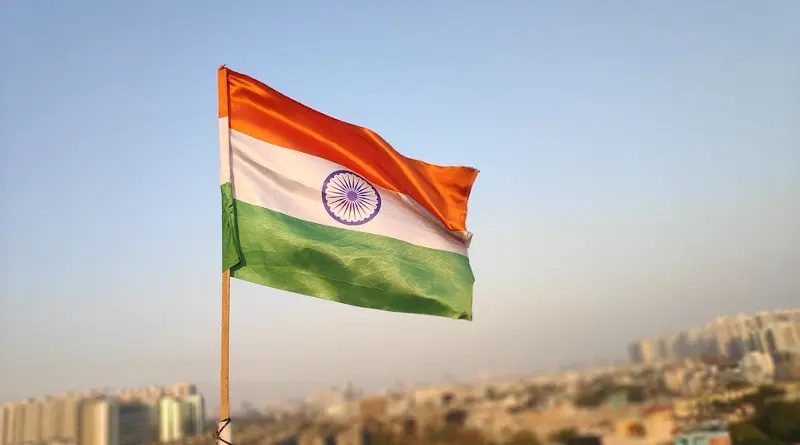The Great Indian Election 2014 – OpEd
For the sixteenth time, India will hold the biggest elections in human history, with some 815 million eligible voters electing 543 members to a new lower house of Parliament, the Lok Sabha. This is truly an inspiring example of democracy for the international community, given the fact that India is a developing country, with a 26% of its highly diverse population of 1236 million still illiterate. In South Asia, India stands out as a country that has stood firmly and unwaveringly on the side of democracy.
The independent Election Commission has geared up for this mammoth operation. The election will be conducted over nine days during 7 April to 12 May. Over 930,000 polling stations will be operated, with video recording of crucial events. Electronic voting machines will be used as in previous elections. This will enable the counting to proceed quickly, and the results would be available on 16 May. The sixteenth Lok Sabha will be convened by 1 June. The total expenditure including that by political parties is estimated at $ 5 billion, making it the second most expensive in the world. The voter turnout is likely to be more than the 60 % seen in 2009.
India’s diversity is reflected in its political landscape and the composition of its Parliament. There are today 6 national parties, 47 regional parties and over 1500 unrecognized parties. This rich spectrum is necessary to represent the interests of India’s 29 States and 7 Union Territories; 9 major religious faiths, and 22 scheduled languages listed in its Constitution. The States range from giants such as UP with a population of 200 million, to Sikkim with a population of 614,000. Even the EU consisting of 29 countries, has not achieved the degree of integration and synthesis that India has achieved in its 66 years of independence.
It is the resilience of India’s democracy and the flexibility of its Constitution that has kept it together despite numerous challenges. The long drawn out birth of its 29 th State, Telengana to accommodate local aspirations is an example. Another was the rejection of the ill advised attempt to impose a state of emergency in 1975-77. India has so far been able to absorb and accommodate diversity and differing opinions into its system. The growth in strength of regional parties has been a logical response to centralized governance by the national parties and their inability to accommodate strong regional leaders into their structure.
The forthcoming elections pose a challenge to India’s voters they choose their representatives to the Lok Sabha, from which will spring forth the next government. The voters have displayed remarkable sagacity in the past and will no doubt do so again. In the past elections they have judged no single party worthy of ruling this country and have opted for coalition governments. This time also, no single party is likely to get a majority and the leading party will face the challenge of putting together a coalition government. Such coalitions have governed India since 1998, but decision making and adopting legislation has proved increasingly difficult. The functioning of India’s Parliament has also been disrupted due to confrontation among political parties. In a highly demanding, turbulent, and competitive global environment, cooperation, not confrontation is what India needs within its political system.
A distinct feature of the present election is the large component of young voters and those who will vote for the first time. Their concerns over corruption, quality of governance and unemployment are making an impact. The political scene has also been enriched and enlivened by the appearance of unconventional political movements and parties, with strong grass roots and decentralized structures.
The impact of electronic and social media is also strong due to the high penetration of television, internet, and mobile phones within the population. Elections are not an end in itself, but are means to achieve good governance. In India’s first past the post system, a candidate can win an election with much less that 50% of the votes in a multi-cornered contest and if the voter turnout is low. This time the voter can choose to reject all the candidates using the “None of the above” option.
The Election Commission deserves high praise for its efforts to ensure clean, fair elections, and high voter turnout. The disclosure requirements for candidates have enabled voters to assess candidates more effectively. Its long experience of holding elections in India has attracted world-wide attention and many countries have sought India’s help with elections. Parties and candidates across the board are held to account if they violate the EC’s strict code of conduct that becomes operational once election is declared.
But elections are necessary but not sufficient for a successful democracy. Between elections, the conduct and governance of political parties requires an independent, impartial, and effective regulatory system and framework. Issues such as financing of political parties and elections, role of media, internal governance, freedom of information, etc need to be taken up. This will improve the quality of democracy and credibility among India’s citizens.

